The regular inspection of underground gas pipelines is a core task of the network operators and serves to ensure the safety of the pipeline-based gas supply. Even though natural gas as an energy source is currently being questioned more than ever in Germany and throughout Europe, it will certainly be years before the complete abandonment of natural gas is achieved.
Until then, it is and remains the responsibility of the network operators to provide the necessary security. In times of a pronounced shortage of skilled workers, which does not stop at the gas industry either, this represents an ever-increasing challenge. To make matters worse, the inspection periods could be shortened even further due to the draft of the new EU methane regulation from December 2021. As a result, there is an increasing focus on a much more efficient use of the available skilled workers. This can only be achieved by using the newest technology and innovative solutions. One such solution is the pipeline network inspection via E-Scooter in combination with our gas detection and gas measuring device Laser HUNTER.
E-Scooter with Laser HUNTER and carpet probe

In the specialist magazine gwf Gas + Energie, edition 10/22, our modified E-Scooter in combination with the Laser HUNTER was presented as an innovation in the gas industry. Classically, underground gas pipelines are inspected on foot using hand-held gas detectors and a corresponding probe (e.g., carpet or bell probe). According to DVGW worksheet G 465-1, the inspection must not be carried out at a speed faster than walking speed, i.e. approx. 5 km/h. In combination with the Laser HUNTER, the E-Scooter offers the possibility of carrying out the inspection at double walking speed, i.e. approx. 10 km/h.
This is made possible by the high sensitivity of the measuring device, lower adjustable alarm limits, the lack of cross-sensitivities to other gases and changes in relative humidity as well as a stronger pump performance compared to conventional measuring technology. This means that theoretically twice the pipeline length can be inspected with the same personnel. At the end of the article you will find a comparison between the Laser HUNTER and conventional measurement technology based on a gas detector with semiconductor technology.
To be able to use the device for the pipeline network inspection, an adapted carpet probe is mounted under the E-Scooter with the help of a sheet metal construction. The probe is connected to the Laser HUNTER via a connecting hose in order to guide the gas flow to the measuring device and to test the air directly above the earth’s surface for combustible gas.
The Laser HUNTER can be worn either with a matching waist belt in front of the abdomen or with a carrying system (combination of shoulder and waist belt) on the back. We recommend the use of the waist belt. When using a carrying system, a hose extension is required to connect the measuring device to the carpet probe. In both cases, the measuring device can be used to check areas that cannot be reached with the E-Scooter, e.g. mains connection lines up to the house wall. For this purpose, in addition to the permanently mounted carpet probe, a bell probe can be carried on the scooter via a separate holder, which can be easily removed from the holder and used to inspect areas that are not accessible.
In addition, a holder for a robust notebook for outdoor use, a so-called Toughbook with protective case, can be mounted on the handlebars of the E-Scooter to carry it with you safely on the road. Equipped with GIS software such as our Esders Pi NOTE, gas tracers can always keep an eye on both road traffic and the course of the pipeline, and at the same time conveniently and digitally document the entire pipeline network inspection. The Laser HUNTER can be connected to the Esders Pi NOTE software using a small data transfer module (LINK) so that the measured values and any alarms are displayed in the software. For complete documentation, the Toughbook can easily be removed from the holder and carried along when non-trafficable areas need to be inspected.
The combination of measuring device and Toughbook with GIS software enables an even more efficient use of the existing specialised personnel, as an expert can be dispensed with and instead – provided he/she has successfully completed the training as a gas detector – can carry out an inspection of the existing pipeline network at another location.
All additional attachments have no influence on the general operating permit of the E-Scooter and do not require a separate entry in the vehicle documents by TÜV or Dekra. We always recommend the use of a helmet.
Confirmed safety for the operating licence – download now!
Dekra has confirmed that our add-ons have no influence.
In densely built-up areas with many house connections, the classic pipeline network inspection on foot may be more advantageous, as otherwise one would often have to get off the E-Scooter and dismantle the Laser HUNTER as well as the bell probe.
However, in rural areas with long distances or in urban areas with few house connections (e.g., commercial areas), the advantages of the E-Scooter become apparent. Especially in the case of long sections of pipelines leading to remote houses or farms, for example, the use of the E-Scooter leads to considerable time savings, as the way back can be made by E-Scooter instead of on foot. Since it is no longer necessary to control the speed, the E-Scooter’s maximum speed of 20 km/h can even be used.
Thus, the person who inspects the pipelines can make the way back at three to four times the speed and therefore only needs a third or quarter of the time compared to the walking option. The time gained can in turn be used productively for inspecting further sections.
Maximum flexibility with bell probe

According to DVGW Code of Practice G 465-4, a display test of the measuring device used is required before and after completion of the work during the above-ground inspection of buried gas pipelines with hand-held measuring devices. This is usually done by exposing the probe system to 10 ppm methane. The meter must display at least 8 ppm of methane within 10 seconds. The test can be carried out using the bell probe or the carpet probe mounted on the scooter.
The vehicle-based inspection with the car or quad is a different display test with 1,000 ppm methane, but with a shorter task time of 0.2 seconds and direct gas supply. The background to this is that in the case of vehicle-based pipeline network inspection with the car/ quad, detection takes place across the entire width of the vehicle, usually via up to eight probes attached to the front of the vehicle. As a result, there is usually a dilution of the aspirated gas/air mixture, because the same gas concentration is not aspirated at each of the eight probes. Gas escaping at the surface often only reaches the measuring device via one probe, because it escapes at the gutter, for example, and is therefore only drawn in via the outer, right-hand probe. All other probes draw in ambient air and thereby dilute the gas/air mixture, which is led to the measuring device and evaluated there.
Since the E-Scooter with the mounted carpet probe leads the entire drawn-in gas flow to the measuring device, we recommend the display test with 10 ppm methane via the probe system. When using the Laser HUNTER with the bell probe carried, i.e., without the E-Scooter, this display test also applies.
Display test with Laser HUNTER and E-Scooter
Easy transportation
For transport from one test area to the next, the E-Scooter can be folded up in one easy step and stored in the car to save space. The carpet probe can also be dismantled quickly and without any tools. To do this, only the hose must be loosened and the carpet probe removed from the holder. This is important for longer distances with the E-Scooter without measurement (e.g., on the way back) in order to avoid unnecessary abrasion of the carpet probe and to minimise the background noise.
If required, the inspection of buried gas pipelines by E-Scooter can also be carried out by one person using GIS software such as our Esders Pi NOTE.
Esders Pi NOTE
For this purpose, a robust notebook for outdoor use, a so-called Toughbook or Toughpad, is usually used, on which the software is installed. The Laser HUNTER can be connected to the Esders Pi NOTE software so that the measured values and any alarms are displayed in the software. This means that the person carrying out the inspection does not have to keep an eye on the display of the measuring device and can carry it on his/her back with the help of a carrying system. He/she can carry the Toughpad with special straps in front of the stomach. This allows for an even more efficient use of the existing specialised personnel, as an expert can be dispensed with and instead – provided he/she has successfully completed the training in the use of the gas measuring device- he/she can carry out an inspection of the existing pipeline network at another location.
With our E-Scooter, we are closing the gap between the classic, probe-based inspection with hand-held gas detectors and the still relatively new, vehicle-based inspection.

Measuring device Laser HUNTER
E-Scooter / Accessories
Alternative article:
Test equipment for the display test
GIS software incl. Toughpad
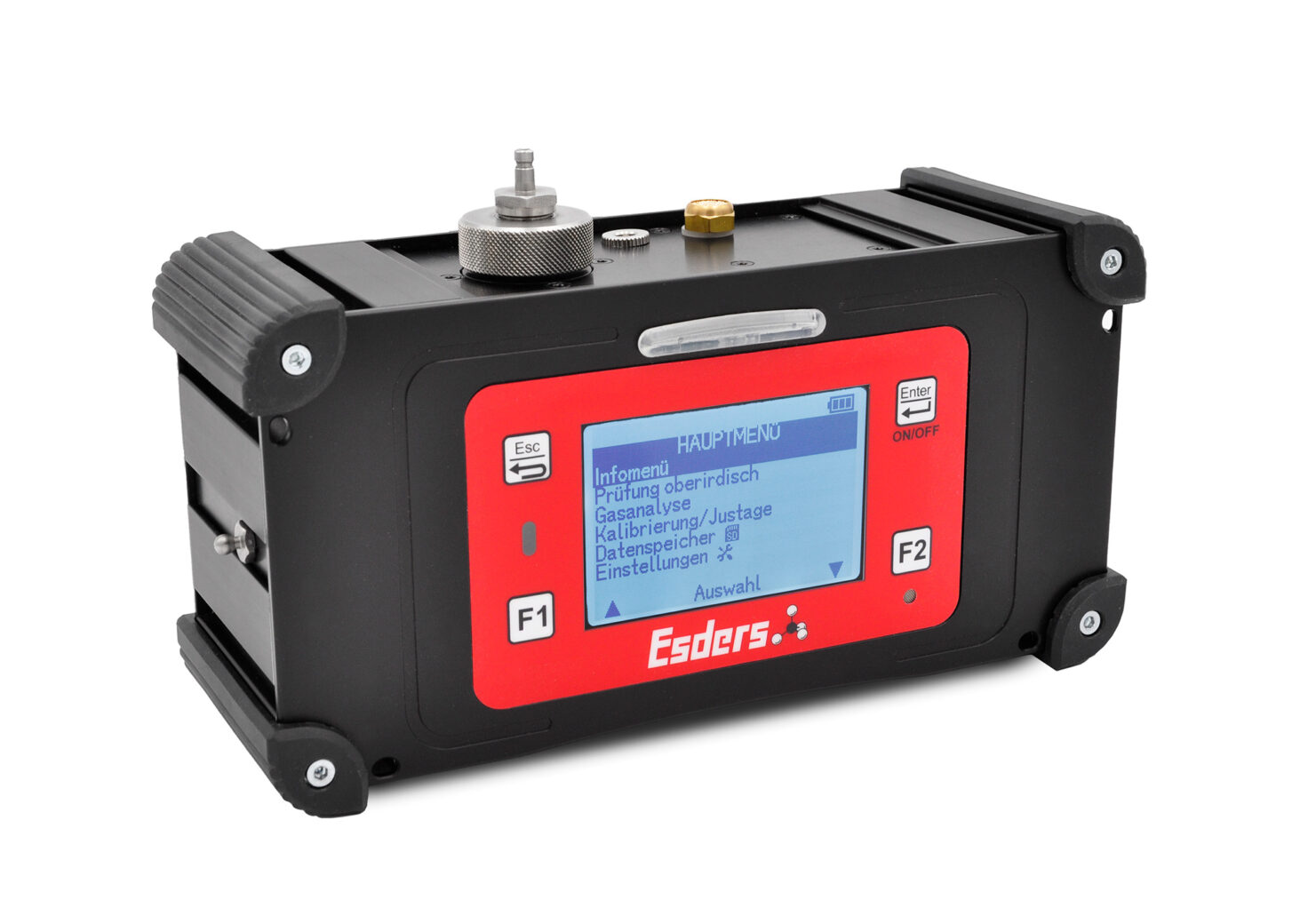
Laser HUNTER response times
What are the advantages of our Laser HUNTER compared to a conventional measuring device? We have tested it for you and summarised it clearly.



.jpg?width=100)
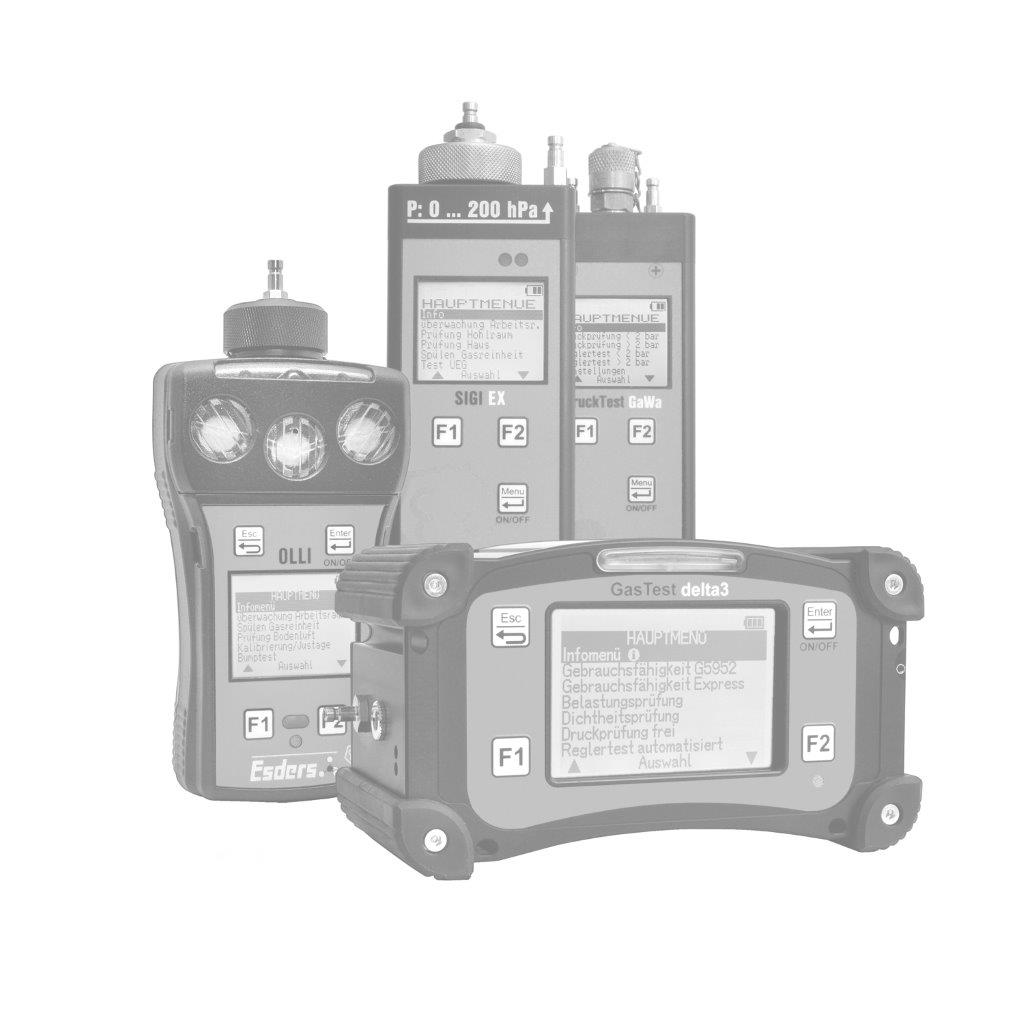.jpg?width=100)
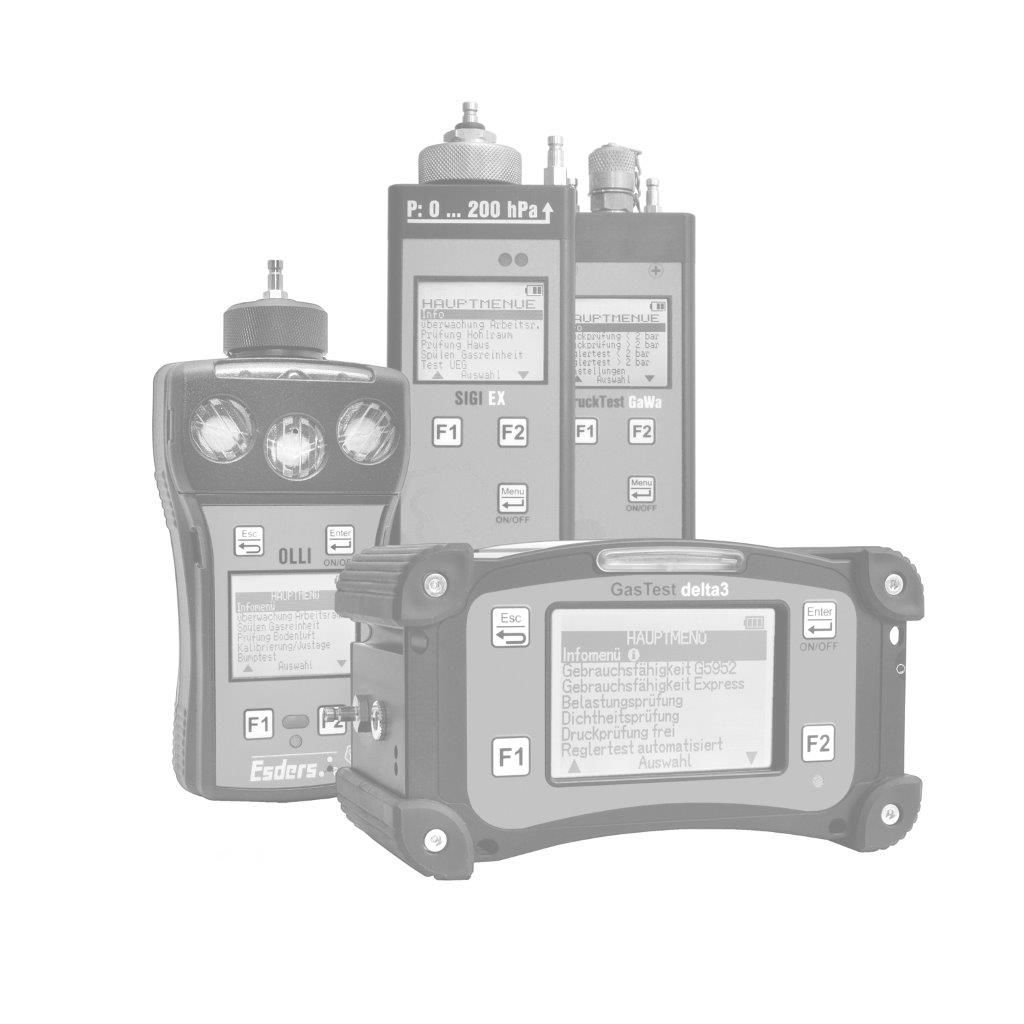.jpg?width=100)
.jpg?width=100)
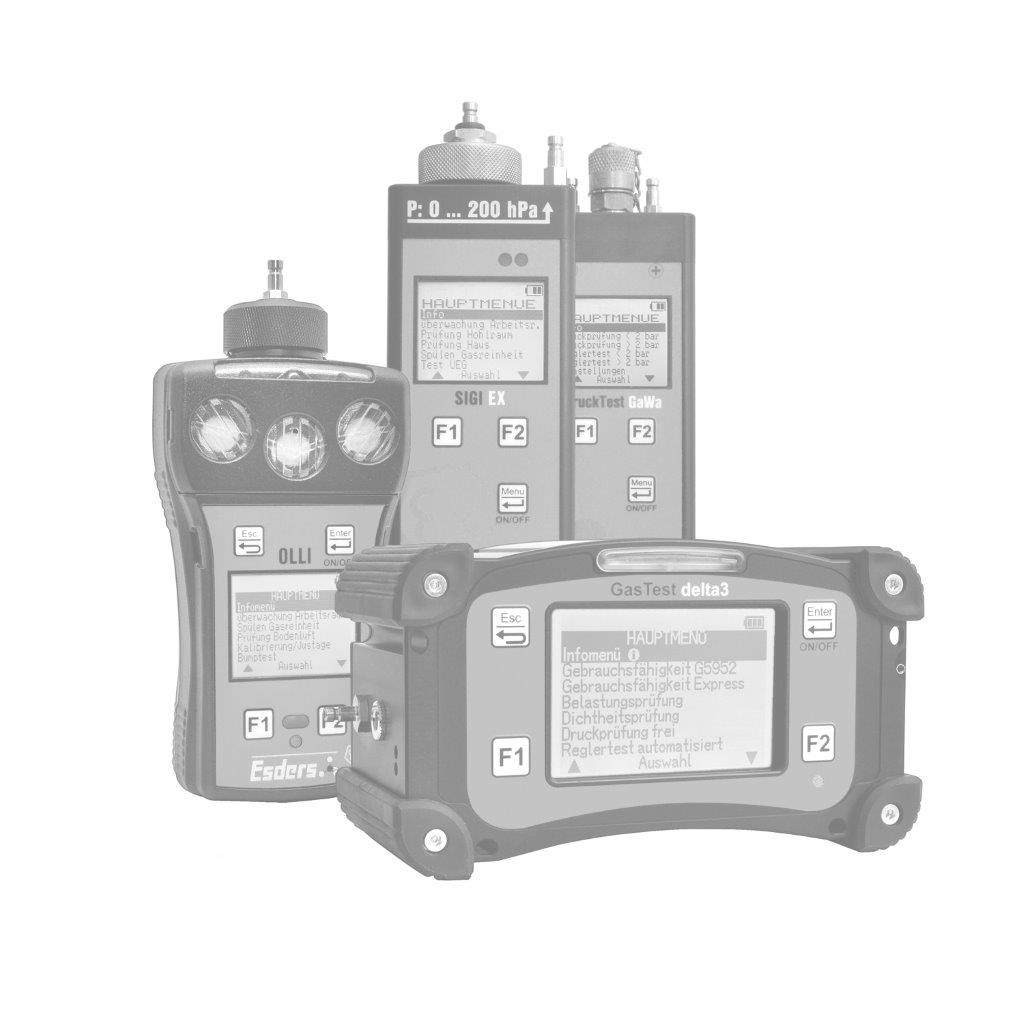.jpg?width=100)
.jpg?width=100)
.jpg?width=100)
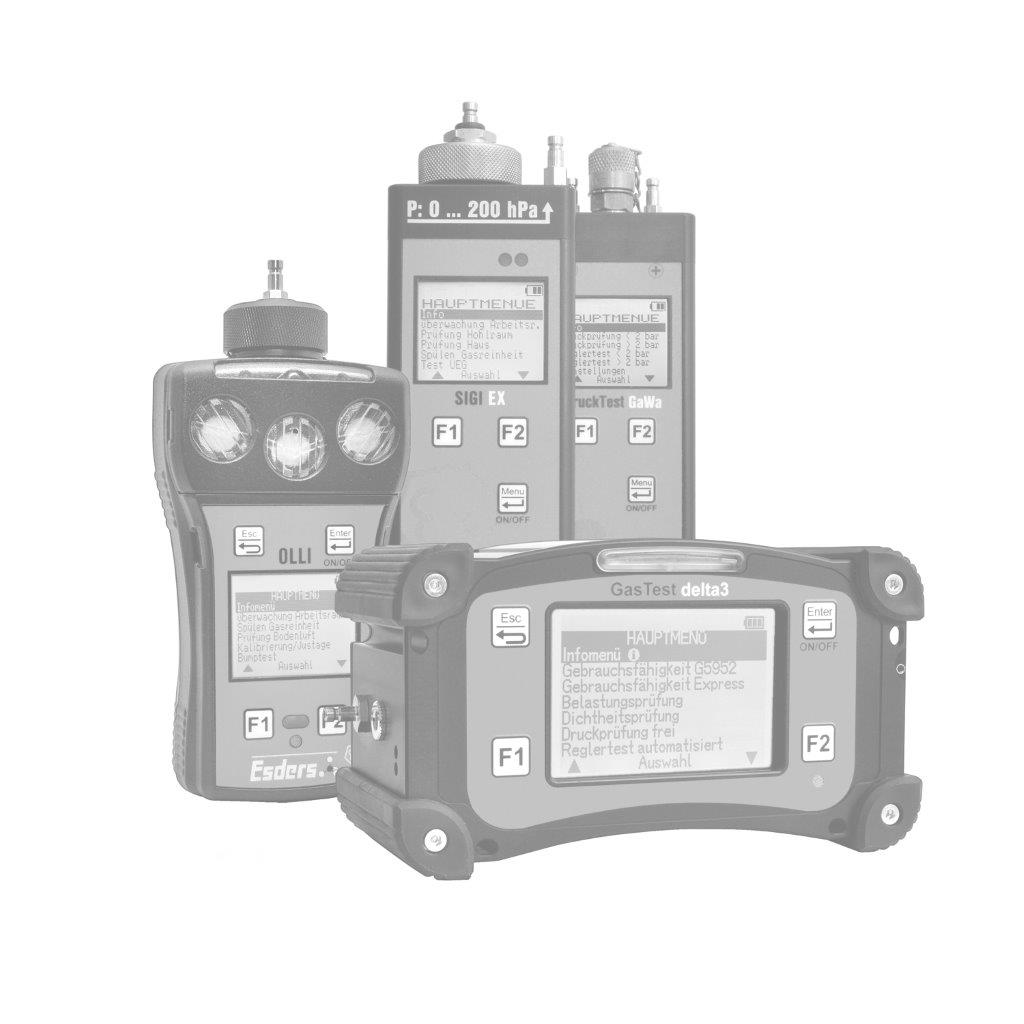.jpg?width=100)
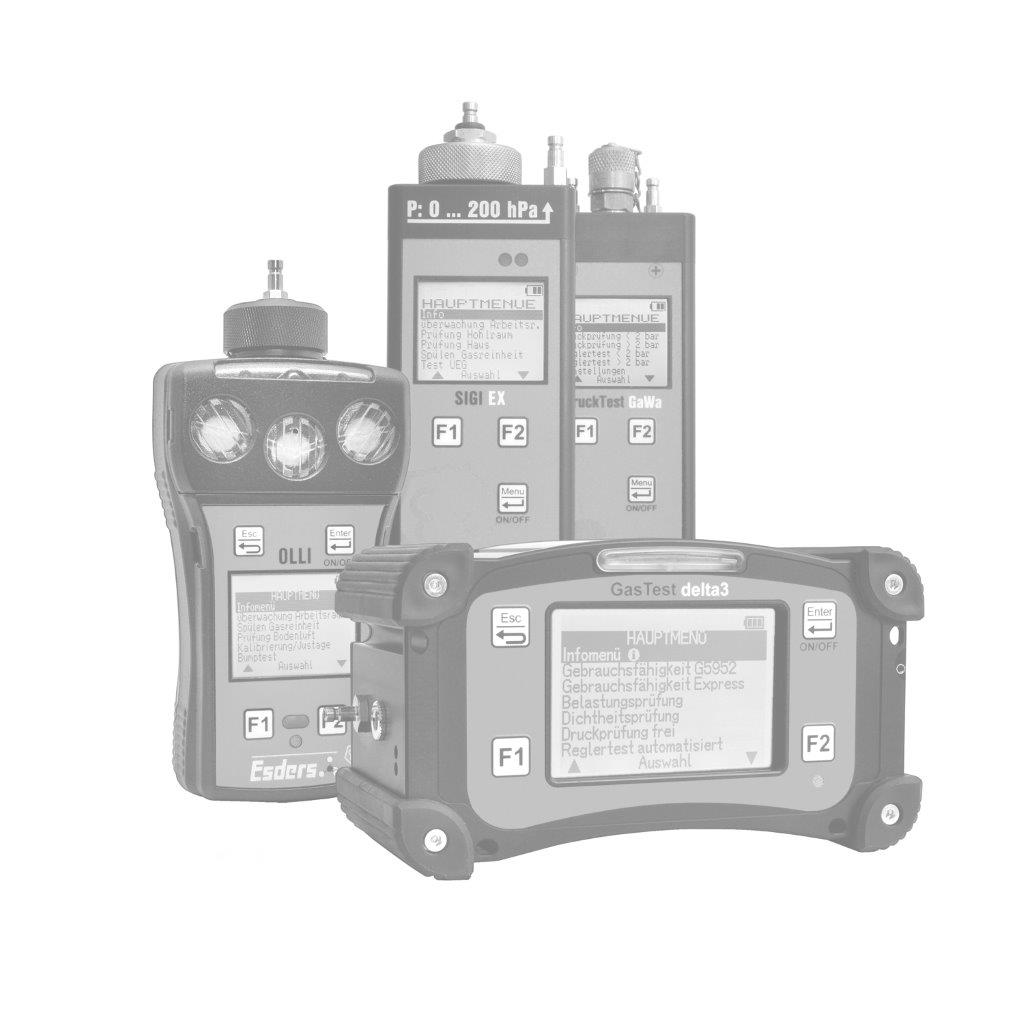.jpg?width=100)
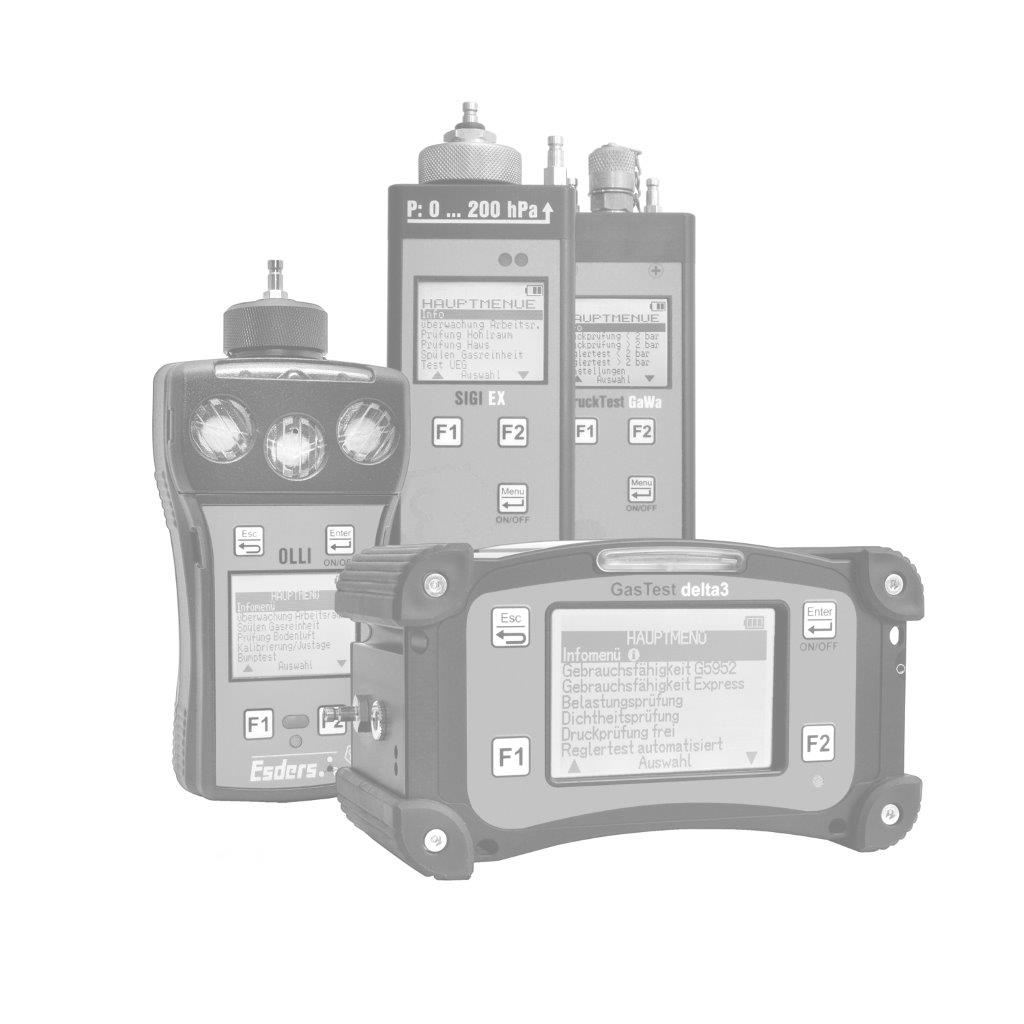.jpg?width=100)
.jpg?width=100)
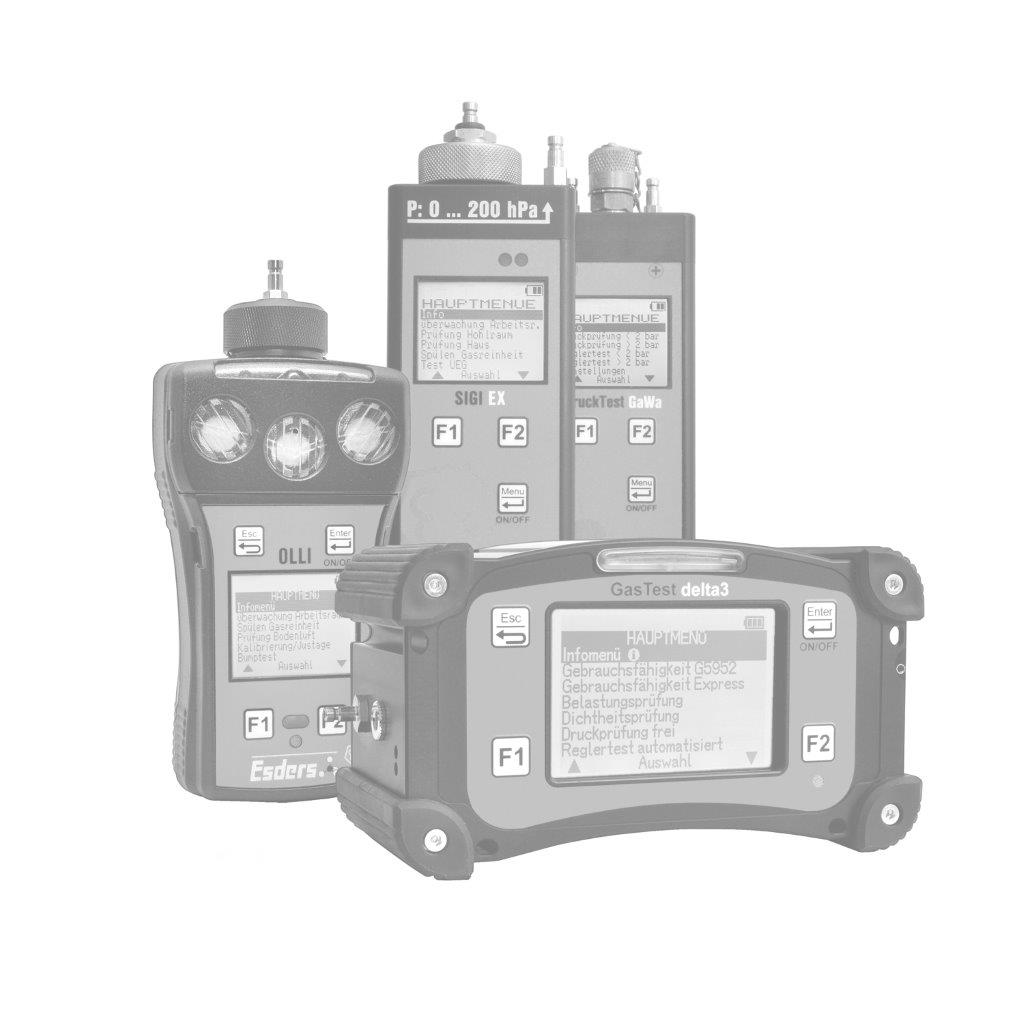.jpg?width=100)
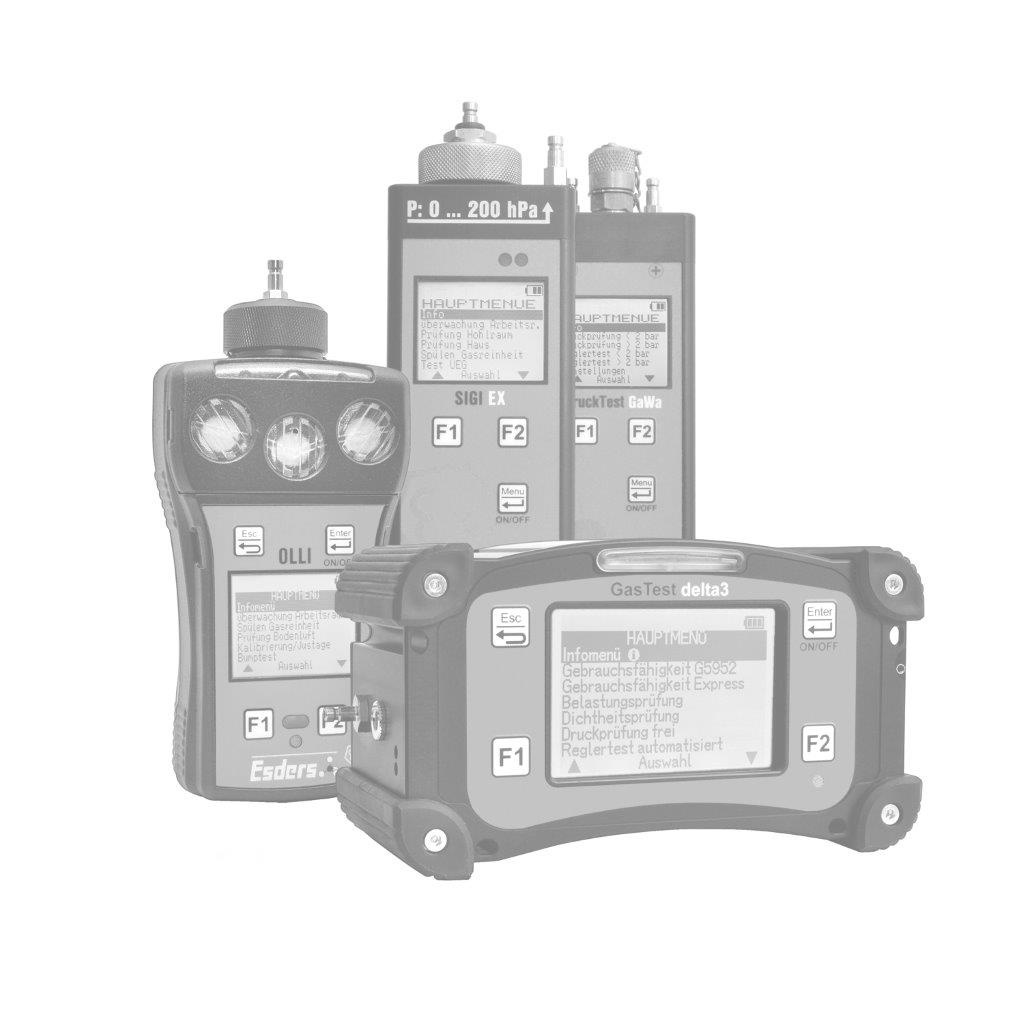.jpg?width=100)
.jpg?width=100)
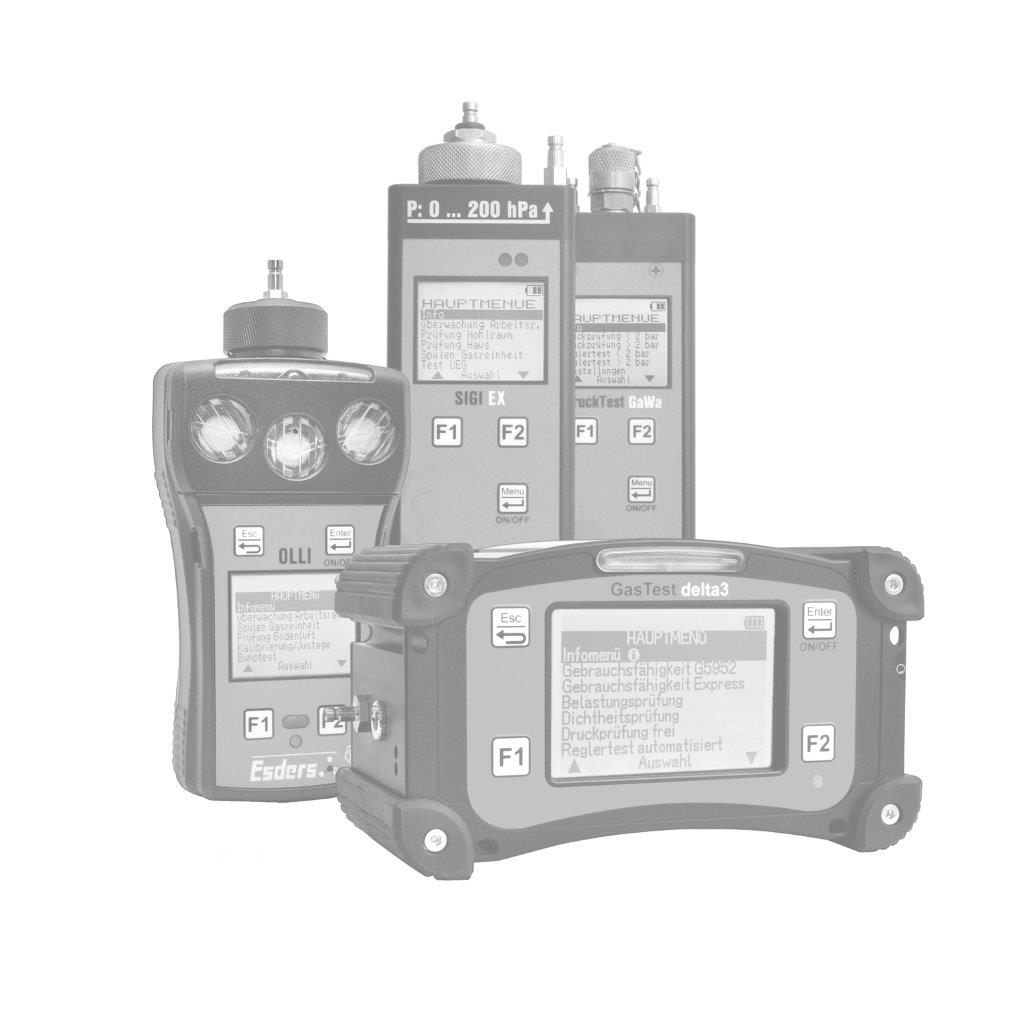.jpg?width=100)
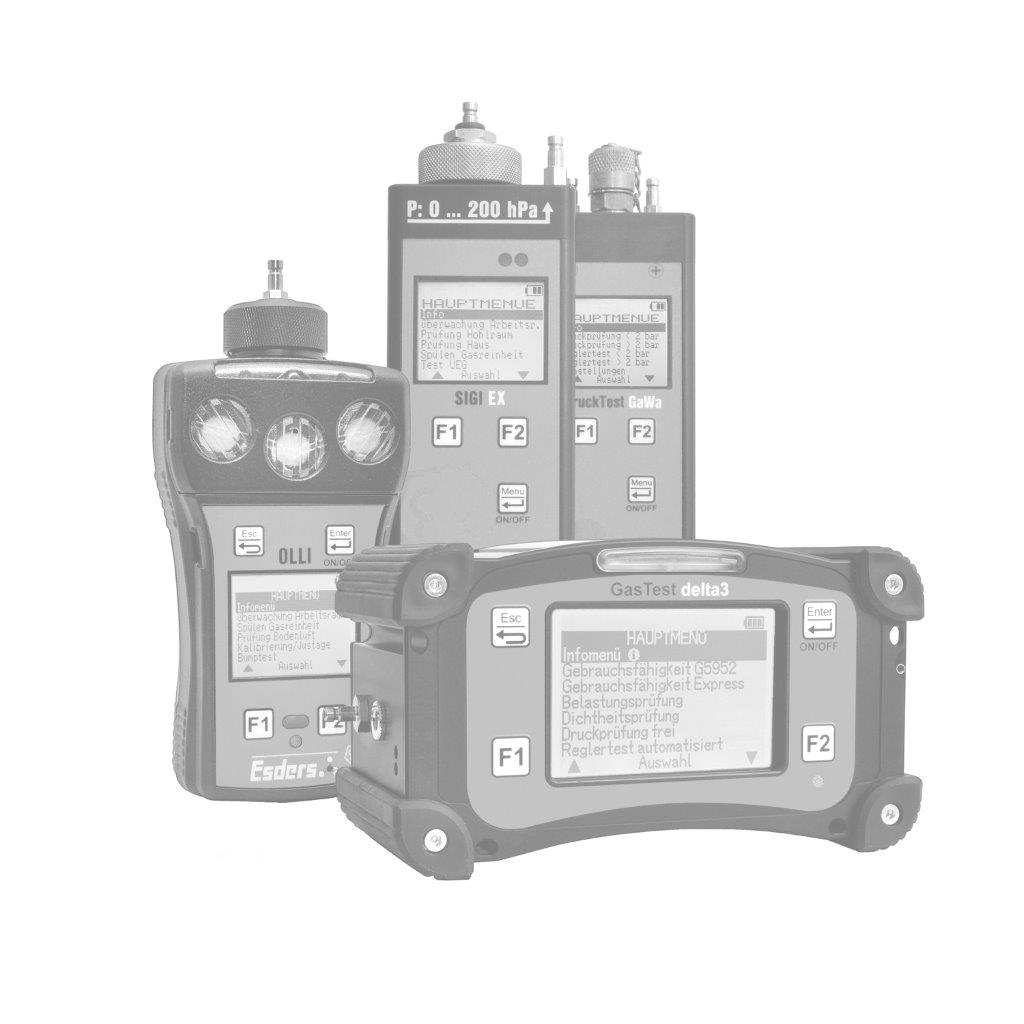.jpg?width=100)
.jpg?width=100)
.jpg?width=100)
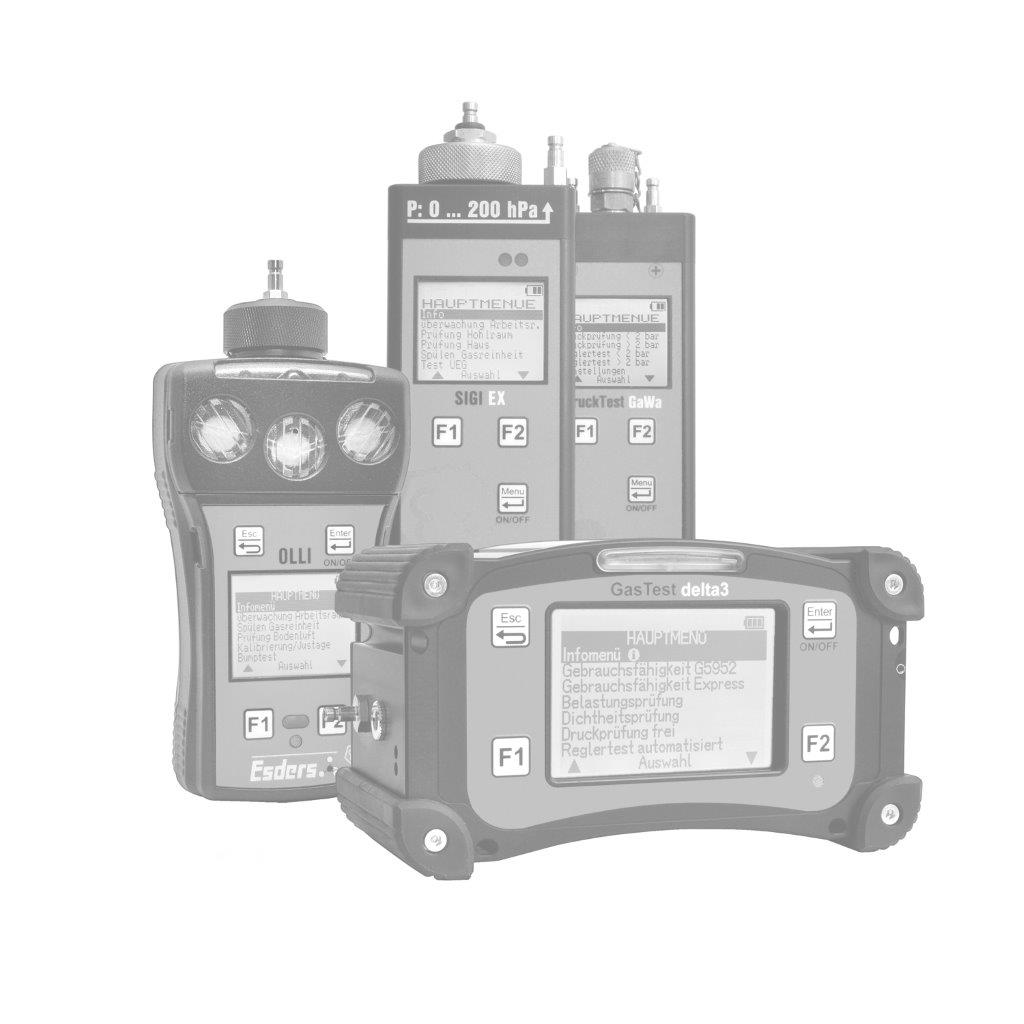.jpg?width=100)
.jpg?width=100)
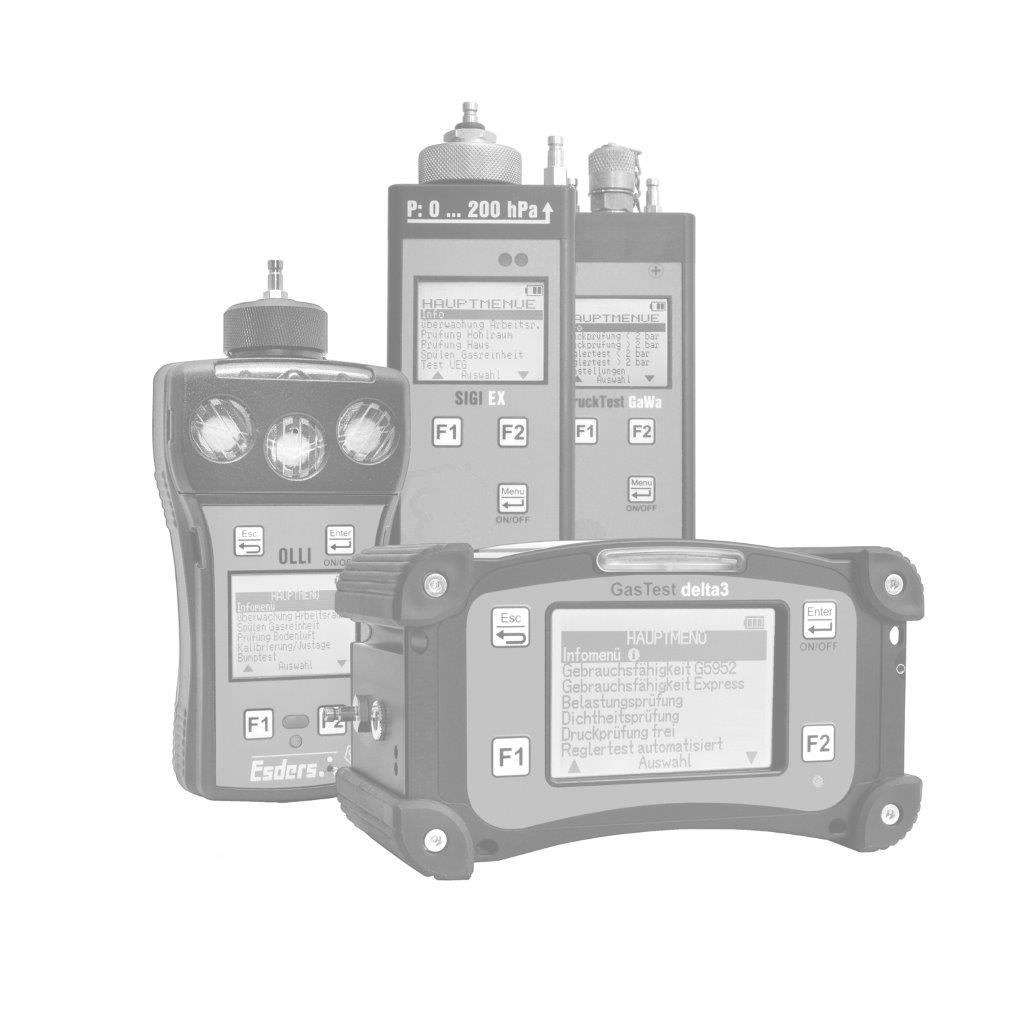.jpg?width=100)
.jpg?width=100)
.jpg?width=100)